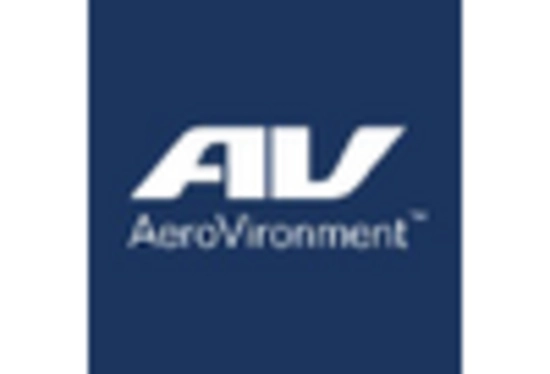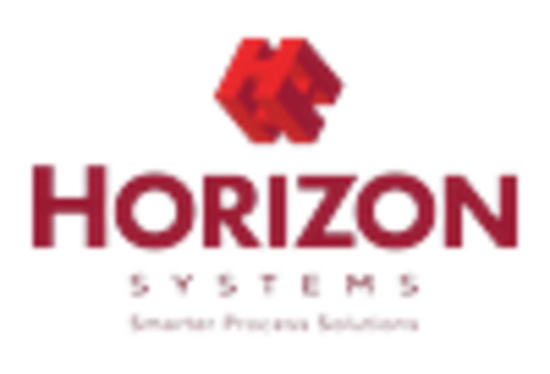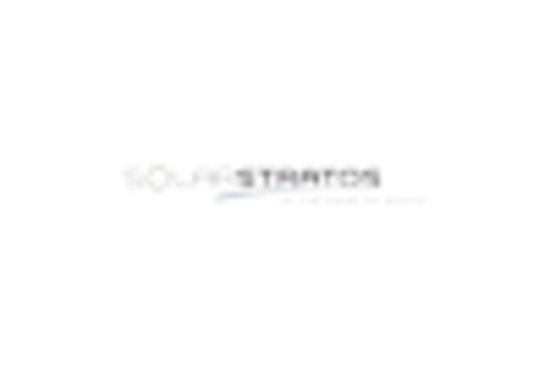Cost Efficiency
The Solar Powered UAV Market is witnessing a shift towards cost efficiency, driven by the decreasing prices of solar technology and the rising costs of traditional fuel sources. As solar panels and associated technologies become more affordable, the operational costs of solar-powered UAVs are significantly reduced. This economic advantage is particularly appealing to industries such as agriculture and logistics, where long-term savings can be realized through the use of solar UAVs. Reports suggest that the operational cost of solar UAVs can be up to 50% lower than their fuel-powered counterparts over time. Consequently, this trend is likely to attract more businesses to consider solar-powered UAVs as a viable option for their aerial needs.
Environmental Regulations
The Solar Powered UAV Market is increasingly influenced by stringent environmental regulations aimed at reducing carbon emissions and promoting sustainable practices. Governments worldwide are implementing policies that encourage the adoption of renewable energy sources, including solar power. This regulatory landscape is fostering a favorable environment for solar-powered UAVs, as they align with the goals of reducing the carbon footprint associated with aerial operations. For example, the introduction of incentives for companies utilizing green technologies is likely to drive demand for solar UAVs. As organizations seek to comply with these regulations, the market for solar-powered UAVs is expected to expand, providing a competitive edge to those who invest in sustainable technologies.
Technological Innovations
The Solar Powered UAV Market is experiencing rapid advancements in technology, which are enhancing the performance and efficiency of unmanned aerial vehicles. Innovations in solar panel efficiency, battery storage, and lightweight materials are contributing to longer flight times and greater payload capacities. For instance, recent developments indicate that solar cells can now convert over 30% of sunlight into energy, significantly improving the operational capabilities of UAVs. This technological evolution not only boosts the appeal of solar-powered UAVs for commercial applications but also positions them as viable alternatives to traditional fuel-powered drones. As a result, the market is likely to witness increased investment and interest from various sectors, including agriculture, surveillance, and logistics.
Increased Investment in Renewable Energy
The Solar Powered UAV Market is benefiting from a broader trend of increased investment in renewable energy technologies. As stakeholders recognize the importance of transitioning to sustainable energy sources, funding for solar-powered innovations is on the rise. This influx of capital is facilitating research and development efforts aimed at enhancing the capabilities of solar UAVs. Furthermore, partnerships between technology firms and renewable energy companies are becoming more common, fostering collaboration that could lead to groundbreaking advancements in solar UAV technology. As investment continues to grow, the market is likely to expand, attracting new players and driving competition within the solar-powered UAV sector.
Growing Demand for Surveillance and Monitoring
The Solar Powered UAV Market is experiencing a surge in demand for surveillance and monitoring applications, particularly in sectors such as agriculture, environmental monitoring, and disaster management. The ability of solar UAVs to operate for extended periods without the need for frequent recharging makes them ideal for continuous monitoring tasks. For instance, in agricultural settings, solar UAVs can be deployed for crop health assessment and pest detection, providing farmers with valuable data to optimize yields. This growing demand is likely to drive innovation and investment in solar UAV technology, as stakeholders recognize the potential benefits of utilizing these systems for efficient and sustainable monitoring solutions.


















Leave a Comment